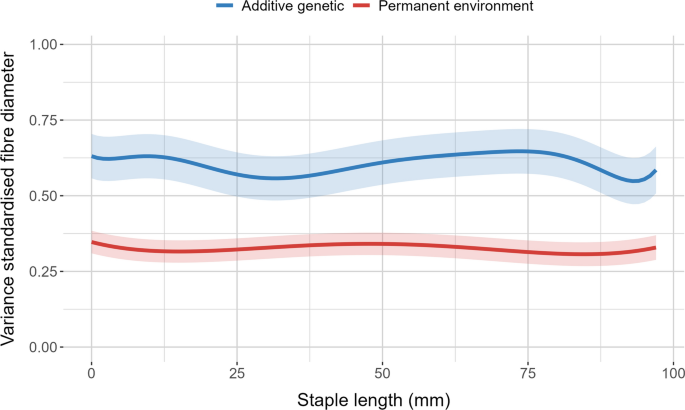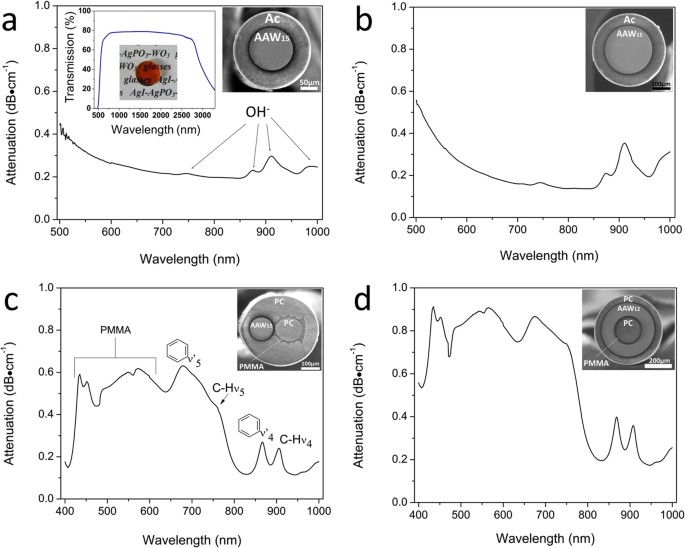Optimize Your Fibre Optic Performance: Comprehending Optical Fibre Diameter Analyser Modern Technology
The efficiency of fiber optic systems is seriously affected by the accuracy of their size, a variable usually ignored in the quest of ideal signal integrity. Comprehending the innovation behind optical fibre diameter analysers reveals the intricate balance between measurement precision and manufacturing top quality. These tools not only improve conformity with sector requirements yet likewise give real-time understandings that can preemptively address prospective concerns. Nevertheless, the effects of their use expand beyond mere measurement; they can basically change the landscape of fiber optic performance. What variables should one take into consideration to harness their complete potential?
Importance of Optical Fiber Size
The size of optical fiber plays an important role in figuring out the performance and effectiveness of interaction systems. Conversely, smaller sizes have a tendency to sustain fewer modes, which can enhance signal clearness and decrease crosstalk.

Furthermore, comprehending the size's ramifications can cause cost savings by lowering the need for signal amplification and repeaters in comprehensive networks (optical fibre diameter analyser). In verdict, the importance of optical fibre size can not be overemphasized, as it straight affects the general effectiveness and reliability of contemporary interaction systems

Just How Size Impacts Signal Quality
Signal high quality in optical fibre systems hinges significantly on the diameter of the fiber. The size affects a number of key criteria, consisting of attenuation, data transfer, and modal diffusion. A smaller sized diameter can result in higher attenuation rates, leading to signal loss as light journeys with the fibre. This attenuation can endanger the honesty of the transmitted data, causing a decrease in signal high quality, specifically over fars away.
On the other hand, bigger diameters normally enable boosted light capture and minimized modal diffusion, improving signal clarity. In multimode fibers, a larger core size can sustain multiple light modes, however it might additionally introduce intermodal diffusion, which can degrade signal top quality. Selecting the optimal fibre size is crucial for achieving the wanted performance in particular applications.
In addition, the interaction in between the fiber size and the wavelength of the light utilized plays an important role in figuring out the efficient transmission distance and overall signal honesty. Therefore, recognizing just how fibre size impacts signal top quality is vital for network designers and engineers striving to enhance optical fiber systems for dependable, high-speed data transmission.
Overview of Size Analyser Innovation
In numerous optical fiber production processes, exact dimension of fibre diameter is crucial for making sure consistent performance and quality (optical fibre diameter analyser). Diameter analysers are innovative instruments designed to examine the physical measurements of optical fibers with high precision. They use sophisticated optical and laser technologies to gauge the size, ovality, and concentricity of the fibre, hence providing essential information for high quality control
These analysers can run in-line throughout the production process or as component of off-line screening protocols. In-line systems make it possible for real-time tracking, allowing manufacturers to change specifications instantly, therefore keeping optimal manufacturing conditions. Off-line analysers, on the various other hand, provide thorough examinations of sets, making sure that any kind of inconsistencies from defined tolerances are determined and browse around this web-site addressed.
Diameter analysers considerably add to the reduction of issues in optical fibers, enhancing total item integrity. By constantly measuring key criteria, these modern technologies promote conformity with industry standards and specs. As the demand for high-performance optical fibers remains to climb, the duty of diameter analysers becomes progressively essential in achieving the wanted quality and efficiency criteria in fibre optic systems.
Trick Functions of Fibre Diameter Analysers
Although different versions of fiber diameter analysers exist, they frequently share numerous key functions that improve their functionality and reliability. Among the most considerable attributes is high-resolution measurement capacities, which make certain precise size readings, crucial for keeping high quality control in fibre production. Furthermore, numerous analysers incorporate innovative optical sensing units developed to spot minute variants in fiber diameter, hence offering important information for procedure optimization.
An additional vital attribute is real-time tracking, permitting drivers to get instant feedback on fibre size throughout the production procedure (optical fibre diameter analyser). This capability assists in quick modifications and minimizes the probability of issues. Many analysers additionally come outfitted with easy to use interfaces, allowing operators to conveniently navigate with data and settings outputs
Furthermore, durable data storage space and evaluation performances are important for tracking historic performance trends and making sure compliance with market standards. Some versions also provide connectivity choices for integration into existing production control systems, boosting total operational performance. Lastly, portable and mobile styles allow for versatile deployment within production atmospheres, making certain that quality control processes are smooth and effective. These attributes collectively add to the efficacy of fibre size analysers in enhancing fiber optic performance.
Finest Practices for Fibre Optimization

First, regular calibration of optical fiber diameter analysers is crucial. This ensures exact dimensions and lessens possible discrepancies that could impact performance. Next, keeping a tidy functioning atmosphere is crucial; dust and pollutants can cause signal degradation.
In addition, it is important to pick fibres that meet certain application needs. This entails reviewing aspects such as depletion, data transfer, and ecological problems. Proper setup strategies should likewise be abided by, consisting of staying clear of sharp bends and extreme stress, which can compromise fibre honesty.
Moreover, employing sophisticated surveillance systems can facilitate real-time efficiency assessments, enabling punctual webpage recognition of concerns. Regular screening and upkeep should be conducted to make sure that fibres remain within ideal functional specifications.
Finally, training employees on the most up to date fibre optimization innovations and methodologies will certainly enhance their ability to implement effective methods. By following these ideal techniques, companies can considerably boost the performance and life-span of their optical fiber systems, making sure effective communication and information transfer.
Final Thought
To conclude, the assimilation of optical fiber size analyser technology is essential for making best use of fiber optic performance. By making sure specific dimensions of fiber dimensions, these analysers significantly boost signal high quality and decrease losses during data transmission. Regular calibration and maintenance of the analysers are important to support optimal efficiency and conformity with sector requirements. Inevitably, the application of this technology assists find more information in improved data transmission prices and reinforces signal integrity, contributing to the overall performance of fibre optic systems.
Signal quality in optical fiber systems hinges dramatically on the diameter of the fiber.In several optical fiber manufacturing procedures, exact measurement of fibre diameter is essential for making certain constant efficiency and top quality. As the need for high-performance optical fibers continues to climb, the duty of diameter analysers ends up being progressively essential in achieving the preferred high quality and efficiency criteria in fibre optic systems.
These attributes collectively contribute to the efficacy of fiber diameter analysers in maximizing fibre optic performance.
In final thought, the combination of optical fibre size analyser innovation is critical for making the most of fibre optic performance.